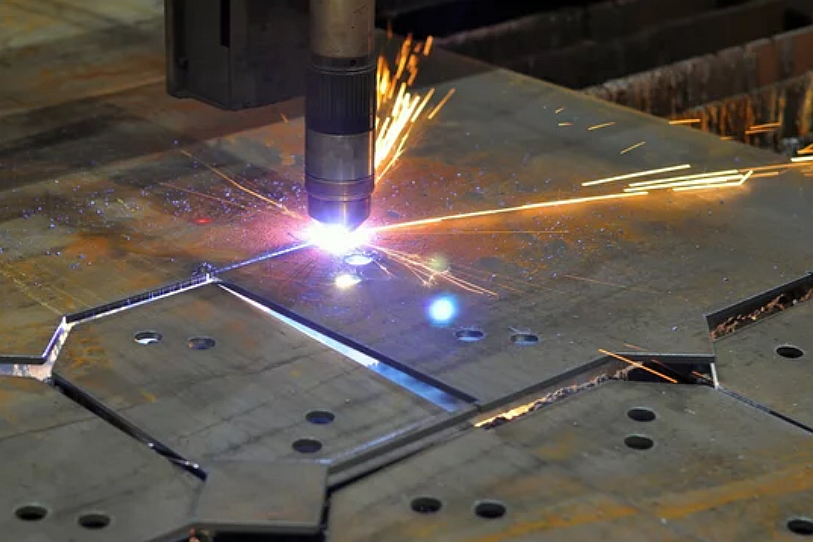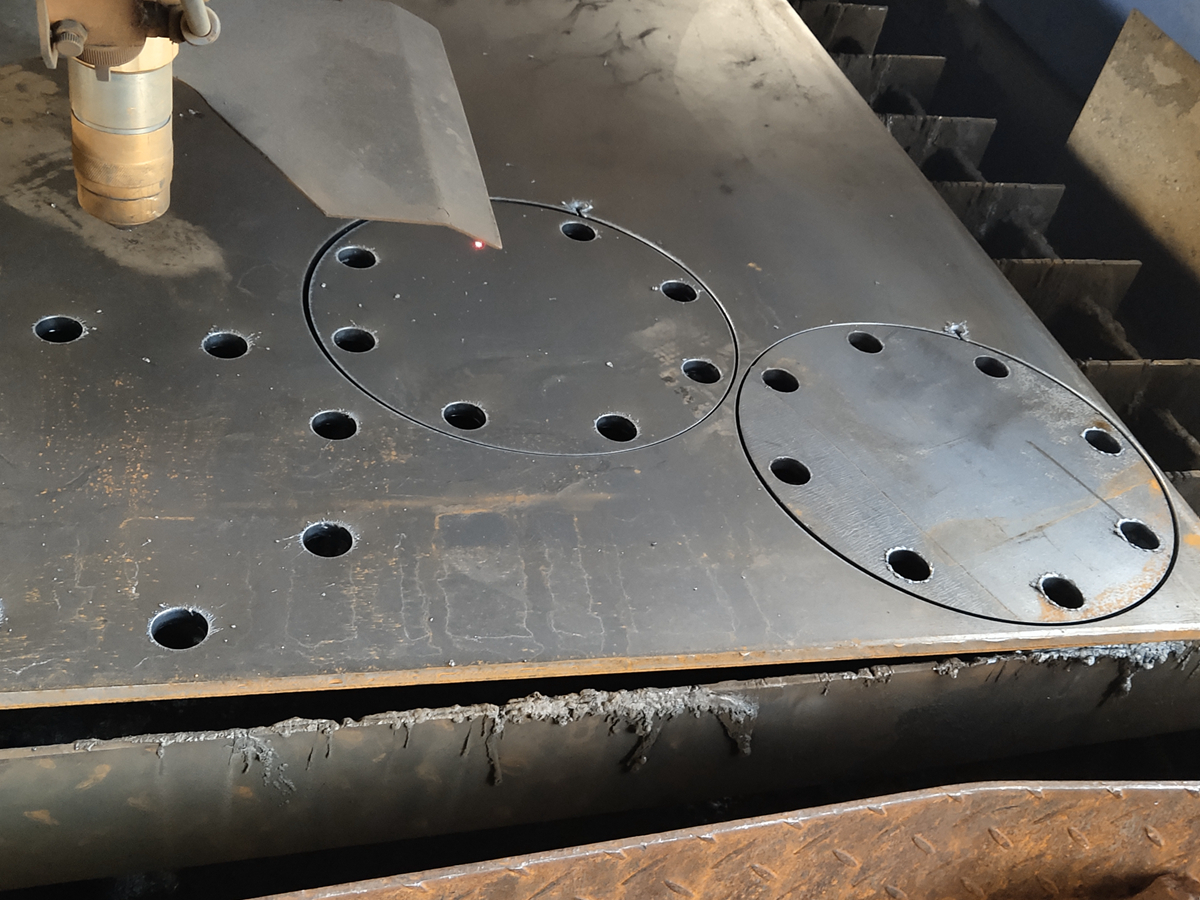What types of metals can be efficiently processed by plasma cutting?
Introduction
Plasma cutting is one of the most versatile and cost-effective thermal cutting processes for conductive materials. It can process a wide variety of metals—from lightweight aluminum to heat-resistant superalloys—while maintaining high precision and production efficiency. Its adaptability across different alloys makes it an indispensable technology for aerospace, automotive, and energy industries.
Aluminum and Its Alloys
Aluminum’s high thermal conductivity and low melting point require stable arc control and optimized gas composition. Common grades like A356, A380, and 383 (ADC12) can be efficiently cut using nitrogen or argon–hydrogen mixtures. For precision aluminum components, aluminum die casting and precision casting are often combined with plasma trimming for edge refinement.
Steel and Stainless Steel
Both mild steel and stainless steel respond exceptionally well to plasma cutting. Carbon steel can be processed using oxygen plasma to produce clean edges with minimal dross. Stainless steel and tool steel require inert gases, such as argon-hydrogen, to prevent oxidation, maintaining bright and smooth cut surfaces suitable for sheet metal fabrication or CNC machining prototyping.
Copper and Nickel-Based Alloys
Copper alloys and nickel-based alloys, due to their high reflectivity and heat conductivity, demand high-density plasma systems with optimized cooling. Modern plasma cutting equipment handles these materials effectively using multi-gas torches. These alloys are commonly used in aerospace turbine components and electrical connectors where thermal stability is critical.
Titanium and Magnesium
Reactive metals like cast titanium and magnesium alloys are processed in controlled environments to prevent oxidation and maintain material integrity. When combined with prototyping or 3D printing prototyping, plasma cutting serves as an effective post-processing step to achieve dimensional accuracy.
Surface Treatments for Enhanced Performance
After cutting, metals often require surface finishing to improve corrosion resistance and appearance. Powder coating offers long-term protection against oxidation, while polishing provides smooth edges and maintains aesthetic consistency. These post-treatments are vital for both consumer-facing products and critical aerospace components.
Industrial Applications
In the aerospace field, plasma cutting is used for fuselage panels, brackets, and turbine components. The automotive industry applies it to chassis structures and exhaust systems, while energy companies utilize it for heavy-section pipelines and turbine casings where precision and durability are key.



